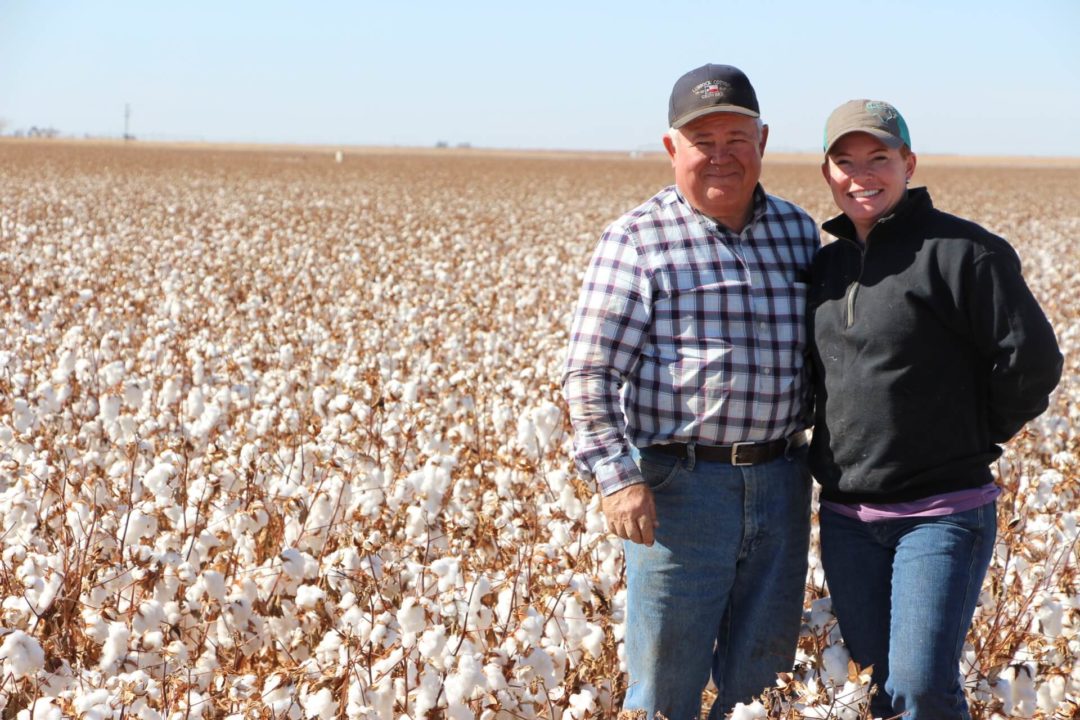Cotton’s Bullish and Bearish Factors for 2023
Happy New Year!
The final 2022 trading week in New York was somewhat bearish. The market suffered its lowest volume week of the year, with March futures settled for the year at 83.27 cents. The new crop December contract settled some 250 points lower at 80.88 cents. Thus, the price spread between old crop and new crop continues to shrink.
Despite bearish demand, futures prices have shown a stubborn streak as old crop has held above 80 cents. Yet do not disregard the price gap just below 75 cents. That is the price objective for the bears. Nevertheless, just two weeks ago the market challenged 88 cents.
Long term, December 2023 and the March, May, and July 2024 contracts are undervalued. Thus, the long-term cotton price outlook remains bullish. Let us review our list of 2023 bullish and bearish market factors.
Bearish
- Increasing U.S. and World Stocks
- Declining World Trade
- Increasing Cost of Cotton Production
- Increasing Inventory of Yarn Stocks
- U.S. and World Economic and Social Upheaval
- Increasing Interest Rates
- Market Concern of Excessive Plantings
The bearish factors are summarized in three words – Lack of Demand. Increasing carryover of cotton and cotton yarn is excessive. Carryover stocks may approach 95 million bales – 6 million more than currently forecast. Mill shutdowns and/or reduced production hours are occurring around the world. Retail stores are focusing on major discount sales in hope of decreasing inventories. New orders for 2023-24 are terribly slow. Additionally, the market is trading on the recessionary news that interest rates will continue to increase at least through June 2023.
Bullish
- Reduced 2023 Plantings in U.S. and the World
- Reduced Foreign Production Offers Hope for U.S. Exports
- Retail Sector Will Continue to Discount Sales for 6- 9 Months
- Increasing Production Yield Per Acre
- Grower Expansion of Crop Rotation Patterns
- Commodity Funds View Cotton as the Most Undervalued Commodity
- Funds Expand Investment in Commodities
Bullish indicators are a bit of a two-edged sword. While world plantings will decline as the market begs for less production, the new seed varieties offer growers increased yield potential. The cotton grower remains optimistic with prices above 80 cents and prospects of at least 85 cents. Some growers cannot show a profit at 80 cents, but most are indicating a willingness to remain with cotton. The investment in production equipment (round bale picker @ $1.3 million) and ginning infrastructure has become a major factor in supporting production. Too, growers have come to respect and heavily depend on their established crop rotation pattern.
December 2023 cotton futures are expected to hold above 80 cents and forecast to reach 85 cents. This is a sufficient price to encourage growers to plant enough cotton to satisfy the market needs for 2023-24. Some U.S. growers cannot cover production costs at an 80-85 cent market. Yet, the desire to plant cotton, to keep crop rotation patterns in place, and to hope for cotton’s home run ball will hold cotton acreage.
Earlier acreage forecasts, based on macro-economic conditions, suggested cotton acreage would fall as low as 9.6 million acres. Yet, due to infrastructure costs in ginning and production equipment, 2023 plantings will push 11 million acres with potential to move higher. Plantings this significant risk any significant price rally during calendar year 2023. Yet the March-July 2024 futures contracts should offer higher prices to growers as consumer spending begins to significantly increase and the demand for cotton increases.
The 2023-24 economic health of the cotton industry is tied to bearish macroeconomic events more than any period of the past 50 years. The demand for apparel goods has all but collapsed. With U.S. and world interest rates expected to move higher for at least six more months, the general economy will continue to suffer from the lack of consumer demand. Consumer consumption is the big engine that drives the U.S. and world economies. And, until that begins to increase, cotton prices will suffer.
Wait another six months.
Give a gift of cotton today.








